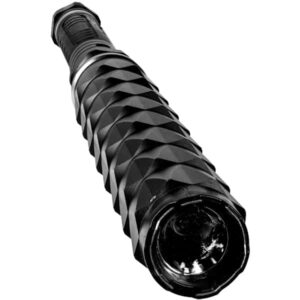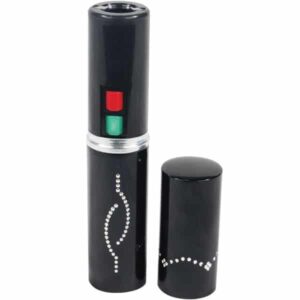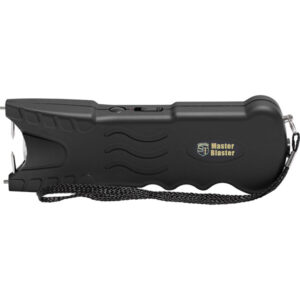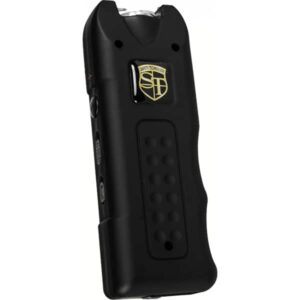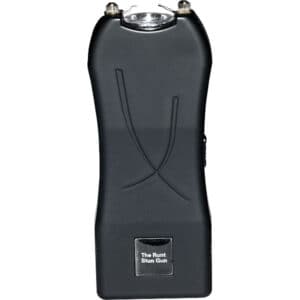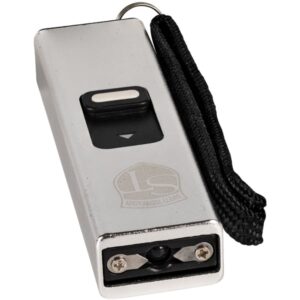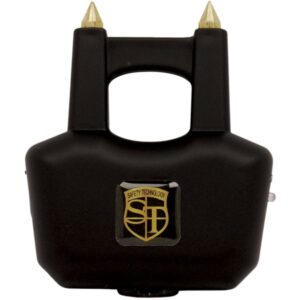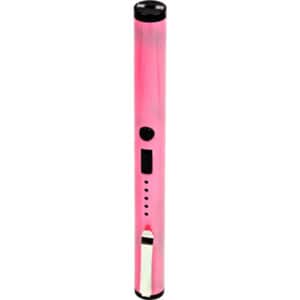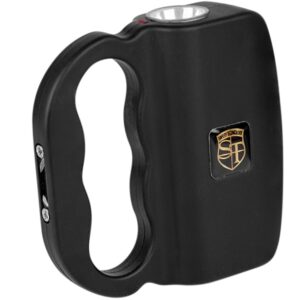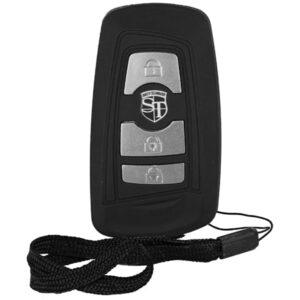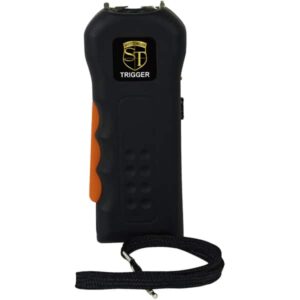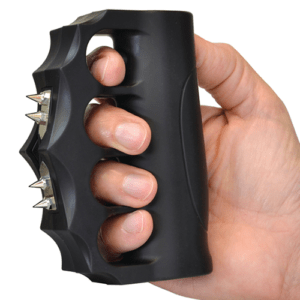
free shipping on orders over $25
We’re having a 15% off sale on all our products. Enter your email below to be notified about future sales.


We’re having a 15% off sale on all our products. Enter your email below to be notified about future sales.

Stun Guns Unleashed: Everything You Need to Know
You’ve heard about stun guns, but do you truly understand their full potential? Reveal the power of knowledge by discovering the intricacies of stun guns – from their inner workings to legalities and practical applications.
As you navigate through the nuances of stun gun varieties and safety guidelines, you’ll gain a newfound appreciation for these self-defense devices.
So, are you ready to equip yourself with the essential knowledge to make informed decisions regarding your personal safety?
Key Takeaways
Stun guns offer non-lethal self-defense with up to 30,000 volts.
Massachusetts legalized stun guns with permit requirements in 2018.
Choose stun guns based on size, design, and deployment for suitability.
Practice proper handling and storage for safe and effective use.
How Stun Guns Work
Stun guns give away their shocking power upon direct skin contact with the prongs, effectively immobilizing or stunning an attacker. These handheld devices can transmit up to 30,000 volts, creating a strong electric current that disrupts the body’s normal functions. The key to using a stun gun successfully is maintaining 3-5 seconds of continuous contact with the target. During this time, the high voltage from the stun gun interferes with the nervous system, causing temporary incapacitation.
When activated, stun guns create a visible arc between the prongs, accompanied by a crackling sound. This display serves as a warning to deter potential threats. The electric shock delivered by the stun gun overrides the body’s control signals, leading to muscle contractions and disorientation. This non-lethal method provides a means of self-defense without causing permanent harm. Understanding how stun guns function is essential for using them effectively in threatening situations.
Legal Considerations for Stun Guns
Considering the recent legalization of stun guns in Massachusetts and the associated regulations, understanding the legal considerations for owning and carrying these devices is paramount. Stun guns were previously banned but became legal in June 2018 after the State Supreme Court overturned the ban. In Massachusetts, possession of a stun gun requires a permit, similar to firearms licenses. Additionally, individuals must obtain a license to carry a stun gun in the state.
The licensing and permit requirements for stun guns are stringent, emphasizing the need for proper authorization. Recent incidents in Wales have underscored the significance of public awareness and adherence to stun gun regulations. It’s essential to familiarize yourself with the specific laws governing stun guns in your area to guarantee compliance and safety. Be sure to obtain the necessary permits and licenses before owning or carrying a stun gun to avoid legal consequences.
Choosing the Right Stun Gun
When selecting the ideal stun gun for your needs, carefully assess the size, design, and unique deployment methods available. Consider the following points to help you make the right choice:
Size and Design: Opt for a stun gun that suits your preferences, whether it’s a compact mini stun gun for guaranteeing concealability or a larger model for a more secure grip.
Deployment Methods: Look for stun guns with unique deployment methods, such as twisting a lipstick case or pressing a button on a flashlight stun gun, to guarantee ease of use in critical situations.
Activation Mechanism: Evaluate the activation mechanism of the stun gun, like pressing a power button on a cell phone stun gun, to ensure quick and effective use when needed.
Disguised Design: Choose a stun gun disguised as an everyday object for discreet carry and unexpected situations, enhancing your personal safety.
Stun Gun Safety Tips
To guarantee top safety when using a stun gun, always maintain it fully charged and ready for emergency situations. Keeping your stun gun at full power guarantees maximum effectiveness when you need it most.
Additionally, practice proper handling techniques and familiarize yourself with the activation mechanism to prevent accidental discharge. It’s vital to store your stun gun in a secure yet easily accessible location so you can quickly reach it in case of an emergency.
Understanding the laws and regulations regarding stun gun usage in your area is important to avoid any legal complications. Regularly inspect your stun gun for any signs of damage or malfunctions to make sure it works correctly when required.
Real-Life Applications of Stun Guns
Stun guns find practical application in various fields, serving as a non-lethal tool for controlling suspects and ensuring personal safety in threatening situations. Here are some real-life applications of stun guns:
Law Enforcement: Stun guns are commonly used by law enforcement for the non-lethal control of suspects, providing a means to subdue individuals without causing permanent harm.
Security Personnel: Security personnel often rely on stun guns for crowd control and self-defense, offering a way to protect themselves and others in potentially dangerous situations.
Self-Defense: In civilian self-defense scenarios, stun guns are effective in temporarily disabling attackers, allowing individuals to create a safe distance and escape from harm.
Personal Protection: Stun guns serve as a non-lethal alternative for personal protection, offering individuals a means to deter aggressors and defend themselves in various real-life situations.
Frequently Asked Questions
What Should I Look for in a Stun Gun?
When choosing a stun gun, look for voltage levels between 10,000 to 30,000 volts for utmost effectiveness. Consider additional features like built-in flashlights or disguised designs for discreet carry. Check for ergonomic designs and safety mechanisms to prevent accidents.
What Is the Most Effective Stun Gun on the Market?
When choosing a stun gun, opt for models with higher voltage outputs, multiple prongs, and safety features for maximum effectiveness. Look for reputable brands known for quality and compliance with safety standards. Check user reviews for insights.
Do You Have to Touch Skin With a Stun Gun?
Yes, you must touch skin with a stun gun for it to work. Skin contact allows the transmission of electricity, stunning or immobilizing temporarily. The prongs of the stun gun need to touch the attacker’s skin to deliver up to 30,000 volts effectively.
What Are the Basics of a Taser?
When using a Taser, remember it shoots barbed probes up to 15 feet away, delivering an electrical pulse that disrupts the body’s neuromuscular system. This causes muscle contractions, pain, and temporary incapacitation, making it a non-lethal option for law enforcement.


